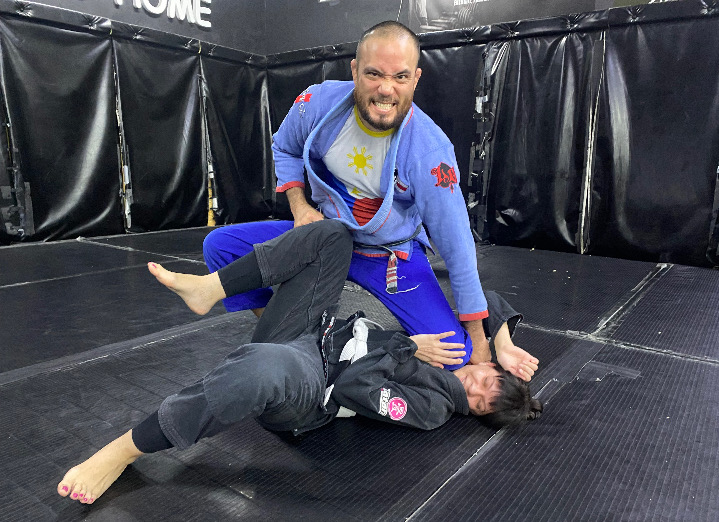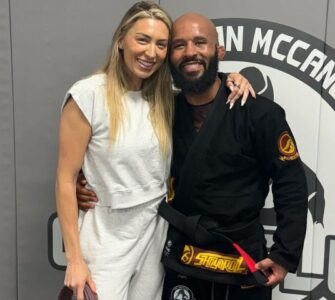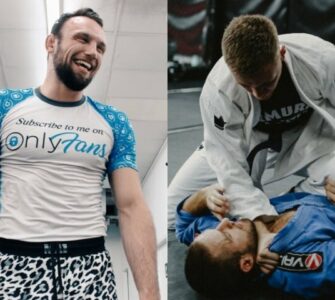Jiu jitsu prides itself on being one of the most inclusive sports. It doesn’t matter your weight, height, background, job or anything – if you put in the work, you can become a great champion.
The women are really making their mark. At some pro bjj events, cash prizes are paid out equally between men’s and women’s divisions based on number of competitors – no matter your gender. Most people see this as a step towards true equality in the sport.
When it comes to training in martial arts or sports like Brazilian Jiu-Jitsu, the question of whether men should roll lighter with women, or treat them the same as they do other men, depends on several factors.
While most jiu jitsu practitioners, men and women, support women training, some still lack respect. A few make rude jokes or act like training partners are just for impressing girls. My advice? Avoid those guys. They don’t understand jiu jitsu’s real purpose.
It’s still mostly men on the mats, but that’s changing as interest grows. A few tips: don’t use too much strength with women partners – help them improve safely without risk of injury. And don’t just lay there like a sack of potatoes when you roll! Work with them and add to their training too.
The key considerations are safety, skill level, size and strength differences, and the goals of training.
- Safety: Safety should always be the top priority in training. Regardless of the gender of the partner, size and strength differences should be considered to avoid injuries. If a man is significantly larger or stronger than a female training partner, rolling lighter may be necessary to ensure safety.
- Skill Level: The skill level of both partners is also important. If the skill levels are comparable, then rolling with a similar intensity as with any other partner of similar skill might be appropriate, adjusting for size and strength differences.
- Size and Strength Differences: Physical differences play a significant role in martial arts. If there’s a significant difference in size or strength, it’s considerate to adjust the intensity of the roll to make it a productive training session for both parties.
- Training Goals: The goals of the training session should be taken into account. If the session is about technique and learning, a more controlled, lighter approach may be beneficial for both partners. However, if the session is about competition training, then a more realistic intensity might be called for, again, considering safety.
- Communication: It’s important to communicate with your training partner. Everyone has different preferences and comfort levels, and discussing these before training can lead to a more productive and enjoyable session for both.
The approach should be individualized and respectful, considering safety, skill level, physical differences, and training goals. Adjusting intensity isn’t just a matter of gender but a reflection of good training etiquette and awareness of the dynamics of each specific training partnership


















